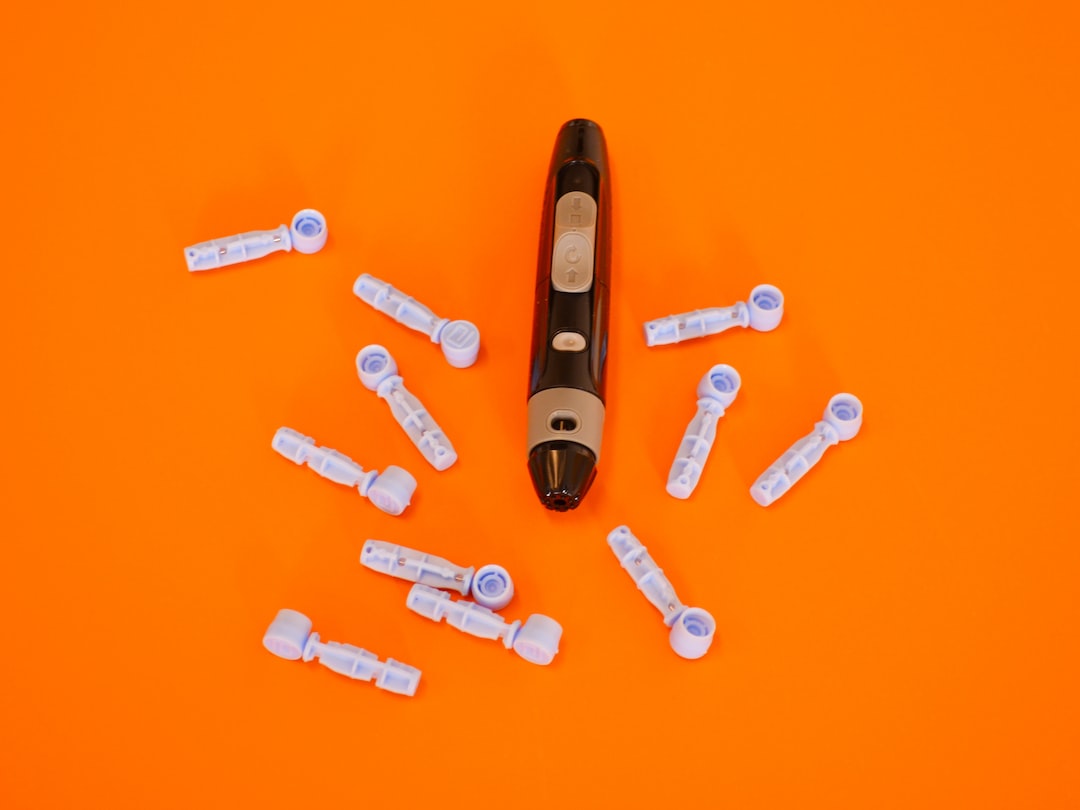When it comes to treating the symptoms of porphyria, there are more options than prescription medications alone.
Just about every patient I know who has managed an active medical condition for some time has a recipe for wellness-based and self-help practices to deal with pain and stress. Mine includes daily meditation, restorative yoga, and reiki. I have a shelf full of vitamins and a chest containing a vape or two.
In recent years, a growing number of states have recognized the medical (and recreational) benefits of marijuana. Afterwards, I noticed the collective attitude of the porphyria community shifting from warning to active curiosity.
A research study collects anonymous surveys of patients with erythropoietic protoporphyria (EPP) and acute intermittent porphyria (AIP) about the use of complementary and alternative medicine (CAM), including cannabis. There has never before been a mechanism that systematically collects data from patients with porphyria on alternative medicines and therapies.
Hetanshi Naik, PhD, CGC, is the researcher leading the CAM and Cannabis Use study sponsored by The Porphyrias Consortium. Naik is an Assistant Professor in the Departments of Genetics and Genomic Sciences and Population Health Science and Policy at the Icahn School of Medicine at Mount Sinai in New York, where she is also Director of the Genetics Clinical Trials Office and Director of the clinical research. for the Masters Program in Genetic Counseling.
His interest was piqued as people with PPE kept telling him that they used marijuana and that it relieved their symptoms.
“Sometimes people were hesitant to admit it, so I tried to calm them down by asking more questions,” she told me in a phone call. “I want to know if marijuana use is underreported or not, and if so, is it because people don’t want to be judged or because it doesn’t work?”
Naik hopes to collect 200 completed questionnaires for each porphyria subtype and will keep the research study open for as long as she can. Since February, she has received responses from more than 100 people living with PEP. She wants to hear from both people who use and do not use cannabis. But for those who do, she’s curious if it’s used to relieve pain or other symptoms.
After speaking with Naik, I navigated to the online AIP survey. I didn’t know what to expect, but I was pleasantly surprised when the questions focused on patient experiences with practitioners like chiropractors, acupuncturists, naturopaths, and spiritual healers. (I’ve tried them all, by the way.) He also asked about the success of herbal remedies, vitamins, massage, and alternative therapies, with blanks to fill in the details. All in all, it took me 20 minutes because I tried to be thorough.
I have created a “rocket kit” of self-help methods to manage my porphyria, but have not personally had success with marijuana in relieving my chronic or acute porphyria pain. I also couldn’t find a formulation to help with insomnia. In fact, I’ve had unpleasant experiences, including migraines.
Recently, I discovered that a very low dose (0.25mg) of THC mixed with CBD helps with generalized anxiety, more like a general remedy for mental health. I have not discovered any treatment that addresses the anxiety-provoking cognitive changes I get around an acute attack.
When talking to other people with AIP, I heard similar stories of avoiding intoxication and opting for a lower dose of THC. However, a friend of mine in California swears by edibles for her insomnia and has quite a bedtime ritual when she takes her gelatin.
I’ve spoken to a few people who were too nervous to try it, fearing it would make their attacks worse, and I completely understand. Acute porphyrias can affect how patients respond to medication, which means the wrong medication could cause an attack. We live by the list of safe medications for porphyria and are wary of any pill we swallow.
Even if cannabis is not for you, I hope you will participate in Naik’s research if you qualify. This could be the basis for our understanding of treatments beyond those received in standard medical clinics. If you haven’t already, please take 15-20 minutes and complete the patient survey (see links above)!
To note: Porphyria News is strictly a disease news and information site. It does not provide medical advice, diagnosis or treatment. This content is not intended to be a substitute for professional medical advice, diagnosis or treatment. Always seek the advice of your physician or other qualified health care provider with any questions you may have regarding a medical condition. Never disregard professional medical advice or delay seeking it because of anything you read on this website. The opinions expressed in this column are not those of Porphyria News or its parent company, BioNews, and are intended to spark discussion about porphyria issues.
 AD Roberts
AD Roberts



